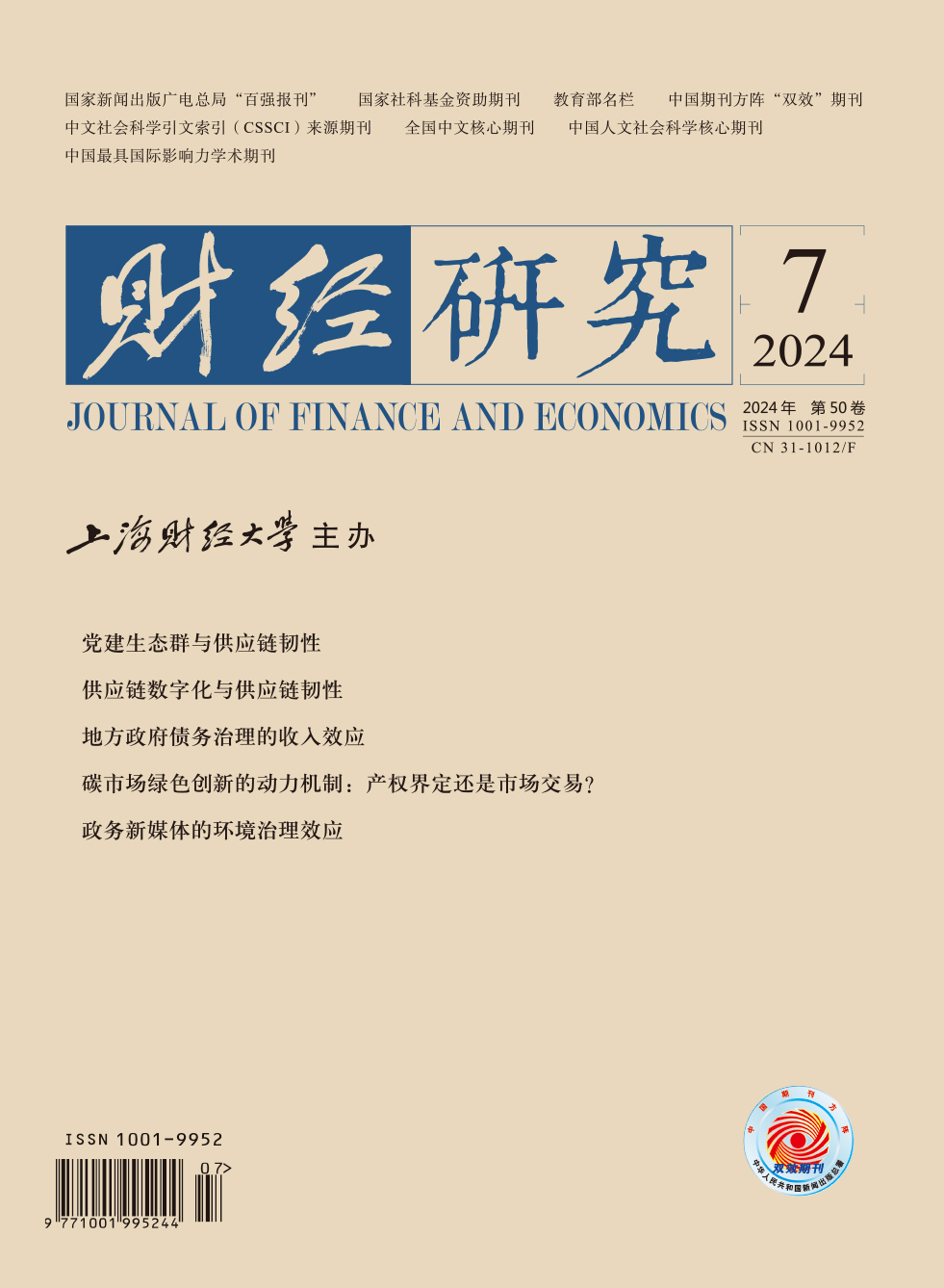As a crucial measure of primary distribution, the relative stability of labor income share is essential for China to narrow the gap between the rich and the poor and promote the construction process of common prosperity in the future. Since the 1990s, China’s labor income share has been on a downward trend, and although it has slightly increased since 2010, it remains below the international average. The evolution of income distribution structure is closely related to the transformation of factor input structure. The historic experience of successful growth leaps in developed countries reveals that high-income economies generally entered a service economy dominated by knowledge-and-technology-intensive service industries. The continuous increase in high-end services’ proportion is an important feature for developed countries to leapfrog middle income traps. However, no research has explored reasons for changes in labor income share from the perspective of high-end service input.
Based on the data of China’s A-share listed companies from 2007 to 2014, this paper constructs a multi-sector general equilibrium model to explain how high-end service input affects the labor income share of enterprises. The results show that investment in high-end services significantly reduces labor income share. Heterogeneity testing reveals that the negative impact of high-end service input on labor income share is particularly prominent in non-labor-intensive industries, non-state-owned enterprises, low-market areas, and central and western regions. Mechanism testing demonstrates that high-end service input contributes to optimizing the employee structure and improving the average employee salary, but it significantly reduces the labor employment level and accelerates capital deepening. Extension analysis indicates that due to the continuous optimization of employee structure and the mass displacement of low-skilled labor forces, high-end service input reduces labor income share while narrowing the income gap between senior managers and ordinary employees.
The innovations of this paper are as follows: First, in theoretical analysis, it examines the input structure between high-end service goods and traditional intermediate goods and discusses the change in the labor income share of enterprises from the perspective of intermediate goods input; it constructs a multi-sector general equilibrium model and systematically expounds the mechanism of high-end service input affecting labor income share. Second, in empirical testing, it combines the micro-data of China’s listed companies with the WIOD input-output table and constructs a measurement index of high-end service input from the perspective of enterprise real consumption; it reveals that the “substitution effect” is stronger than the “complementary effect”, which is a primary reason for why high-end service input reduces labor income share.





 4342
4342  4218
4218

